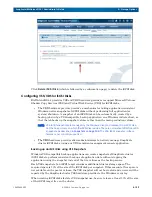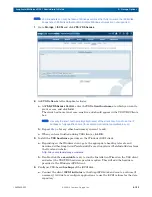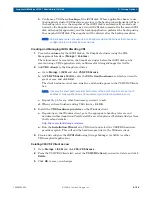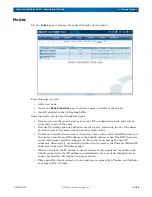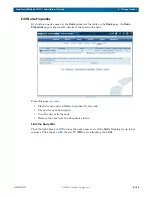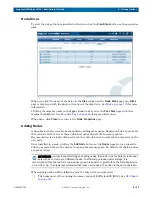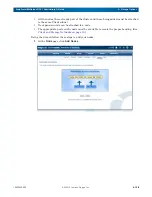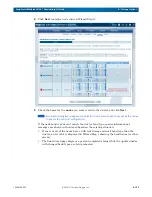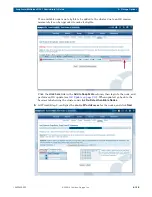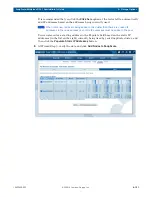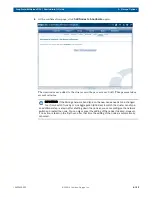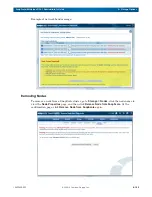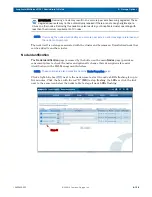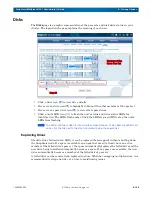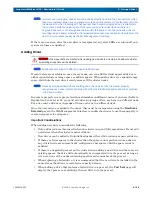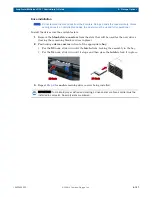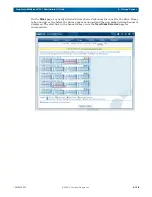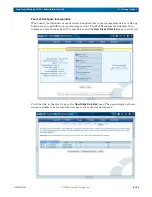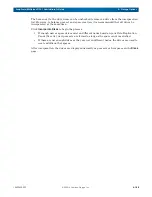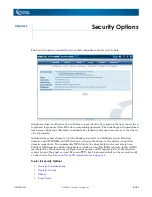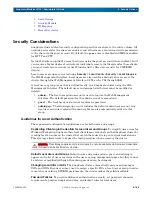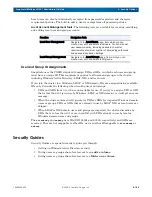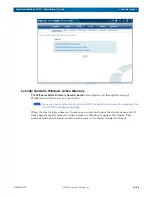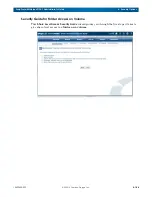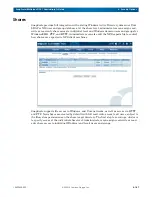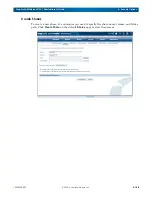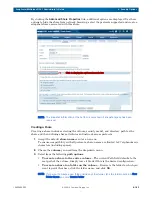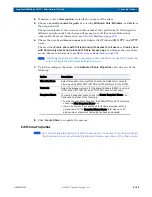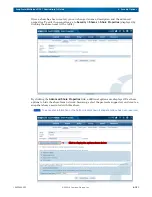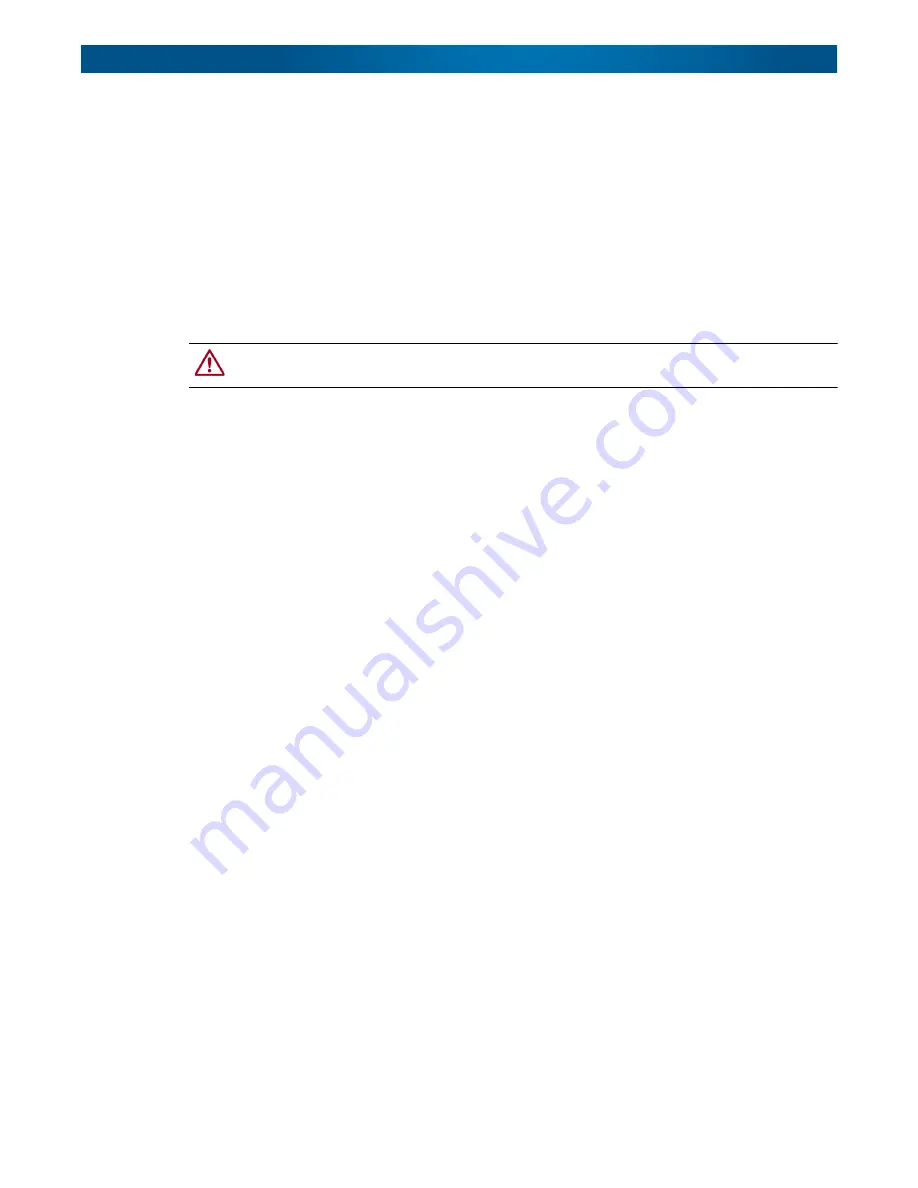
10400455-002
©2008-14 Overland Storage, Inc.
136
SnapScale/RAINcloudOS 4.1 Administrator’s Guide
5 – Storage Options
NOTE: Hot-removed (non-spare) drives cannot be added directly back into the peer set from which
they were removed. When any non-spare drive is physically removed, it is also removed from
the peer set to which it belonged. That peer set then becomes degraded and it attempts to
incorporate a suitable cluster spare. If the removed drive is reinserted and there is a
degraded peer set or not enough spares to satisfy the spare count, the reinserted drive is
reconfigured as a spare; otherwise, the reinserted drive becomes unused and available to the
user to incorporate manually via the Web Management Interface.
If there are no errors, after the new drive is incorporated, any alert LEDs are turned off and
system statuses are updated.
Adding Drives
CAUTION:
If new peer sets are created when adding new drives to a node in a SnapScale cluster,
all existing snapshots will be deleted.
NOTE: SnapScale only supports SAS (and nearline SAS) drives.
If empty slots are available on one or more nodes, you can add Overland-approved drives to
either expand cluster storage space or add hot spares. When adding drives to expand storage
space, distribute the new drives evenly across all the cluster nodes.
NOTE: Drives should be added without shutting down the node so that the cluster properly
recognizes each drive. Note that drives with different rotational speeds cannot be combined
in the same cluster.
In order to properly create peer sets with each member on different nodes, if you have the Data
Replication Count set at 2x, you must add drives in groups of two, each one
in a
different node.
For a 3x count, add drives in groups of three, each one in a different node.
Once the new drives are added to the nodes, they must be incorporated using the
New Disks
Detected
page in the Web Management Interface to enable the cluster to use them properly to
create new peer sets and spares.
Important Considerations
When adding new drives, consider the following:
•
Only add new drives (hot-insert) when the cluster is up and fully operational. Do not add
new drives when the cluster is powered down.
•
New drives can be added to Uninitialized nodes either while running or powered down.
•
If there are fewer spares in the cluster than the spare count specifies, drives added to
any cluster node are automatically configured as hot spares until the spare count is
satisfied.
•
If there is a degraded peer set on the cluster when adding a new drive and there are no
existing spares, the drive will automatically be incorporated into the peer set as long as
it is not on one of the nodes containing another active member of the peer set.
•
When replacing a failed drive, it is recommended that the new drive be installed in the
same slot as the old one to maintain a capacity balance.
•
When adding a drive that replaces a failed drive in a peer set, the
Peer Sets
page will
display that peer set as rebuilding the new drive into the peer set.

